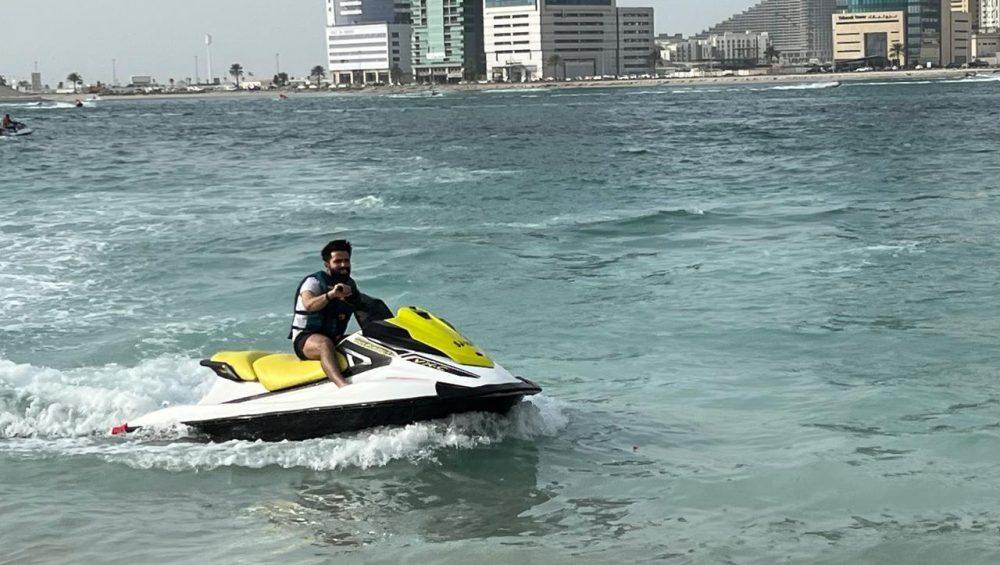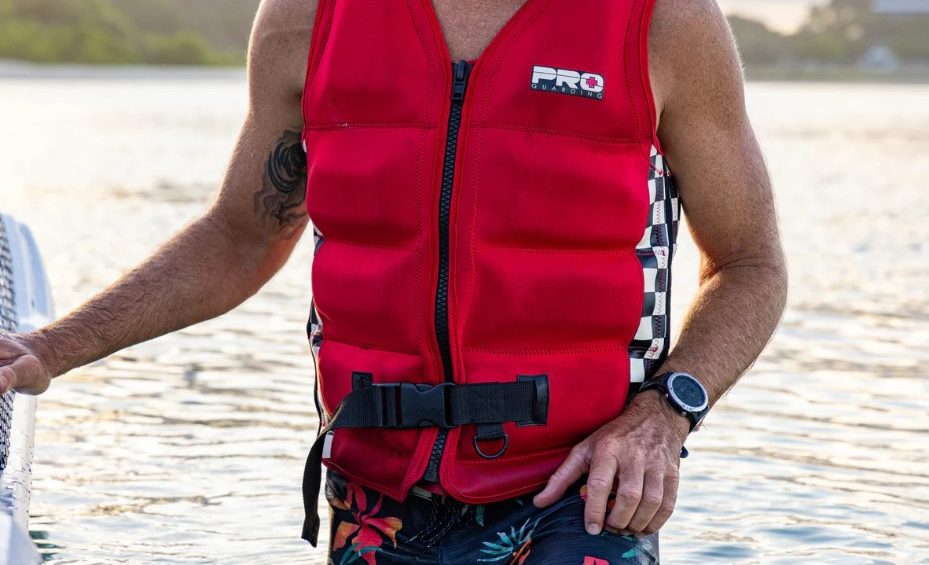Understanding Jet Ski Prices in the UAE: A Comprehensive Guide
When considering a jet ski rental in the UAE, one of the first questions that arise is, “What are the prices?” The cost of jet ski rentals can vary significantly depending on several factors, including location, duration, and the type of jet ski. This guide will delve into the key aspects affecting jet ski prices in the UAE, helping you make an informed decision for your next adventure on the water.
Factors Influencing Jet Ski Prices
1. Location
The price of renting a jet ski can vary based on where you choose to rent it. Popular tourist destinations such as Dubai, Abu Dhabi, and Sharjah tend to have higher prices due to demand. For instance, jet ski rentals at Jumeirah Beach may cost more compared to quieter locations like Al Mamzar.
2. Type of Jet Ski
Different models of jet skis come with varying price tags. High-performance jet skis, such as those used for racing or extreme sports, will typically be more expensive to rent than standard models. Rentals often categorize jet skis by horsepower, with larger engines costing more.
3. Rental Duration
The length of time you plan to rent a jet ski significantly impacts the overall cost. Most rental companies offer hourly rates, with discounts available for longer rental periods. For example, renting a jet ski for one hour may cost around AED 300, while a four-hour rental could drop the hourly rate to AED 250.
4. Season and Demand
Prices may fluctuate based on the season. The peak tourist season in the UAE runs from October to April, leading to higher rental costs during these months. Conversely, renting a jet ski during the off-peak summer months may yield lower prices, but be mindful of the heat and potential restrictions.
Average Jet Ski Rental Prices in the UAE
To give you a better idea of what to expect, here are some average prices for jet ski rentals across various locations in the UAE:
- Dubai:
- One Hour: AED 300 – AED 600
- Half-Day: AED 1,200 – AED 1,800
- Abu Dhabi:
- One Hour: AED 250 – AED 500
- Half-Day: AED 1,000 – AED 1,500
- Sharjah:
- One Hour: AED 200 – AED 400
- Half-Day: AED 800 – AED 1,200
These prices are estimates and may vary based on the rental company and specific jet ski model.
Additional Costs to Consider
While the rental price covers the use of the jet ski, there are additional costs to keep in mind:
1. Fuel Costs
Some rental companies may include fuel in the rental price, while others charge separately. Always check with your rental provider to understand their policy regarding fuel.
2. Safety Equipment
Most companies provide essential safety gear, such as life jackets, with the rental. However, if you need extra equipment, such as wetsuits or helmets, be prepared to pay additional fees.
3. Insurance
Consider whether the rental company offers insurance for damage or accidents. This can add a small fee to your rental but can provide peace of mind during your adventure.
Tips for Getting the Best Jet Ski Rental Deals
- Book in Advance: Reserving your jet ski ahead of time can often yield better prices and ensure availability.
- Compare Prices: Don’t hesitate to shop around. Compare prices from different rental companies to find the best deal.
- Check for Promotions: Many rental companies offer seasonal promotions or discounts for group bookings. Keep an eye out for these opportunities to save money.
Conclusion
Renting a jet ski in the UAE offers an exhilarating way to explore the stunning coastlines and crystal-clear waters. By understanding the factors influencing jet ski prices and considering the average rental costs, you can better prepare for your adventure. Whether you’re riding the waves in Dubai, cruising around Abu Dhabi, or enjoying the tranquility of Sharjah, a jet ski rental promises unforgettable experiences on the water.





